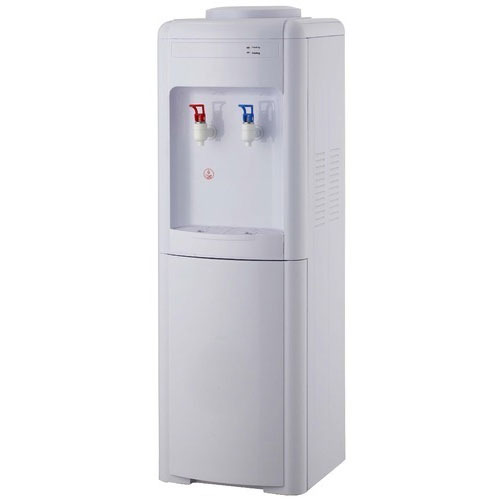Hygienic Stainless Steel Reservoirs: A Must-Have in Water Dispensers
The size of the water cooler tanks is an important consideration when purchasing a water dispenser or refrigerator. Large tanks can lower energy bills and also prevent mineral buildup.
Water dispensers can either be bottles that can be used with bottles ranging from 2-to-5 gallon or plumbed ones that make use of an internal reservoir. If you select a bottleless model, choose one with a UV LED sterilization light to help keep the storage tank in good condition.
Hot and cold water dispenser capacity
Water dispensers dispense room-temperature or chilled water from a tap. They come in various styles including floor models that are freestanding and countertop models that are set on top of a counter or another countertop. Some also feature hot water taps for the making of tea or other hot beverages. They are usually less expensive than coolers and consume fewer energy. These are sold at home improvement stores or department stores. They also have wholesale clubs, such as Costco and Sam’s Club.
Some models have tanks that hold two, four 5 or 5-gallon tanks. They’re usually easy to transport and come with smaller footprint. They are generally simple to use and only require plugging to a power outlet. You can clean them with an aqueous solution and bleach and are secure to put in the refrigerator.
Bottleless water coolers are fantastic alternative to traditional kettles for offices. They are connected directly to your water line and use the filtration method of a specific system to ensure you receive purified, healthy drinking water. They can be more expensive initially, however they offer less operating costs than water coolers that are bottled and can save some money down the road as they do away with delivery charges and storage problems associated with empty bottles. The majority of top-quality models utilize a reverse osmosis water machine to guarantee the best water quality.

Technology for filtering water in the water dispenser
Water dispensers are either mounted or freestanding on the wall. The latter type hooks into an existing plumbing system of the building to be the water source, but the earlier relies upon gravity and vacuum pressure to funnel the contents of a bottle through the outlet. Water dispensers typically hold 5 US gallon bottles (labeled as 18.9 Liters in other places). Certain models have water basins on the front for spills to be cleaned up, while others have a bottom load option.
However, regardless of the design the majority of May loc nuoc nong lanh water dispensers have an element of filtering to get rid of contaminants from drinking water. These filters are typically made of activated carbon, material which creates pores when it is partially crushed or burned and is often used for water purification. Different types of filtration techniques can be found, like reverse and reverse osmosis.
The best water dispensers also feature a stainless-steel reservoir, as opposed to plastic and is more unhygienic and leaves a unpleasant plastic taste in the water. The design of the water dispensers is based on a sanitary, easy-to-clean surface and are often coated in antimicrobial BioCote in order to limit the spread of bacteria. This is essential for frequently touched areas such as buttons and levers found on water dispensers. This also helps protect the environment. Water dispensers without bottles eliminate the requirement for plastic jugs that can be reused thus reducing energy consumption and waste as well as reducing garbage.
Reverse Osmosis water machine
Utilizing reverse osmosis in the process of removing water provides the highest quality drinking water. This process forces water against a tightly woven membrane that appears to be impermeable. The membrane permits only specific substances to pass through, resulting in a higher level of solute on one side, and an undiluted solution on the second. It’s an effective filtration technique that reduces many contaminants, including lead and toxins, while some systems also have other filters in order to deal with specific types of impurities.
There are RO systems store the treated water in tanks until needed. others offer tankless configurations that treat according to demand, and cut down on wasted water. They are more streamlined and useful than traditional models that are under the sink They also come with sleek elegant faucets that match any kitchen’s design. A few of our favorites also come with LED indicators to indicate when the system’s filters are in need of changing, and also how much water is being cleaned.
A majority of the systems that we examined can be used to produce sparkling ice cubes that look brighter and more appealing than regular ice. They can also be used for cocktails with a unique look that can be sure to please. The biggest advantage of these systems one of the main benefits is that they will save money, time and energy, by eliminating the requirement to purchase bottled water.
